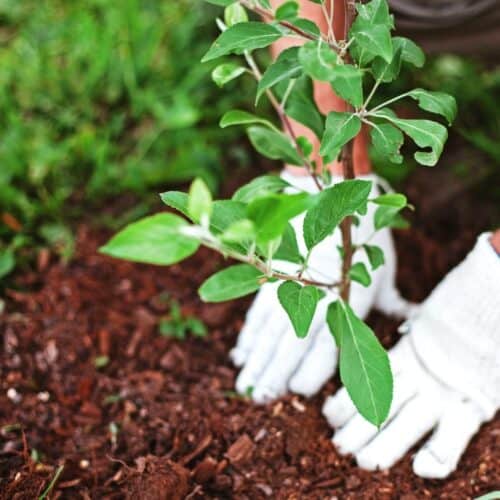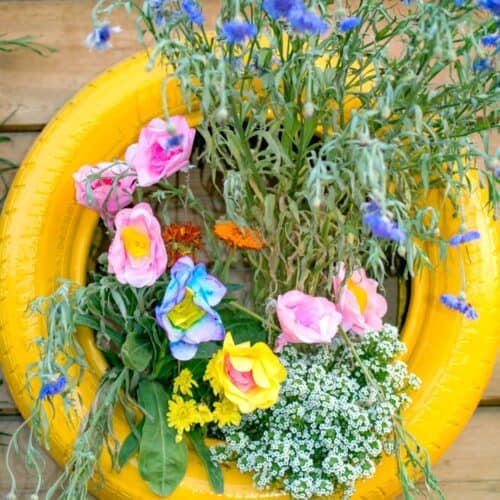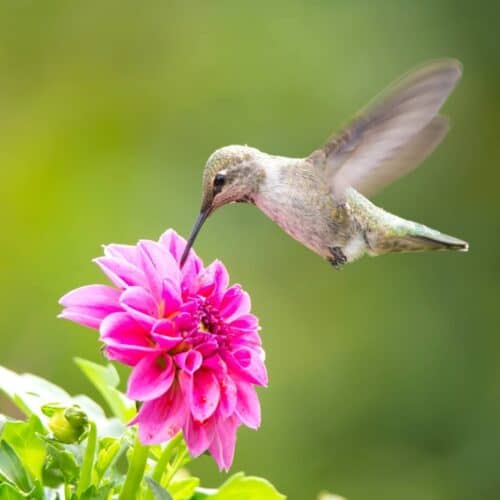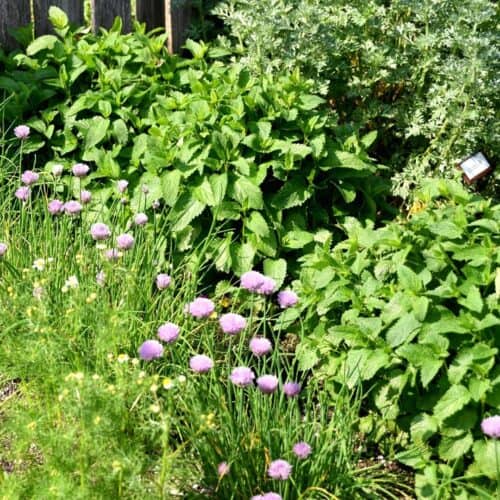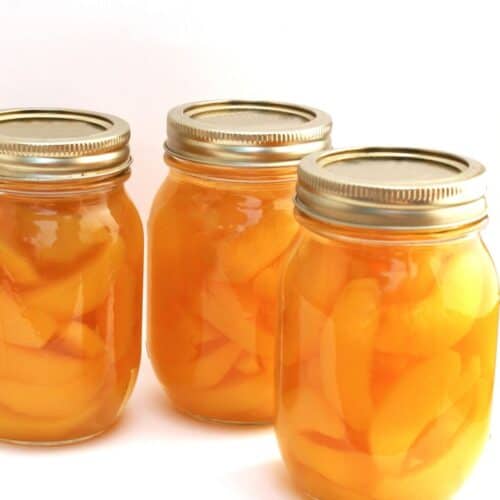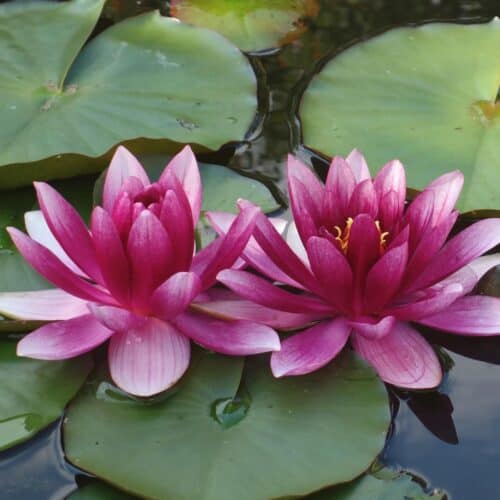How to Start a Vegetable Garden for Beginners may be easier to do than you think.
You can have delicious vegetable growing in your garden before you know it!
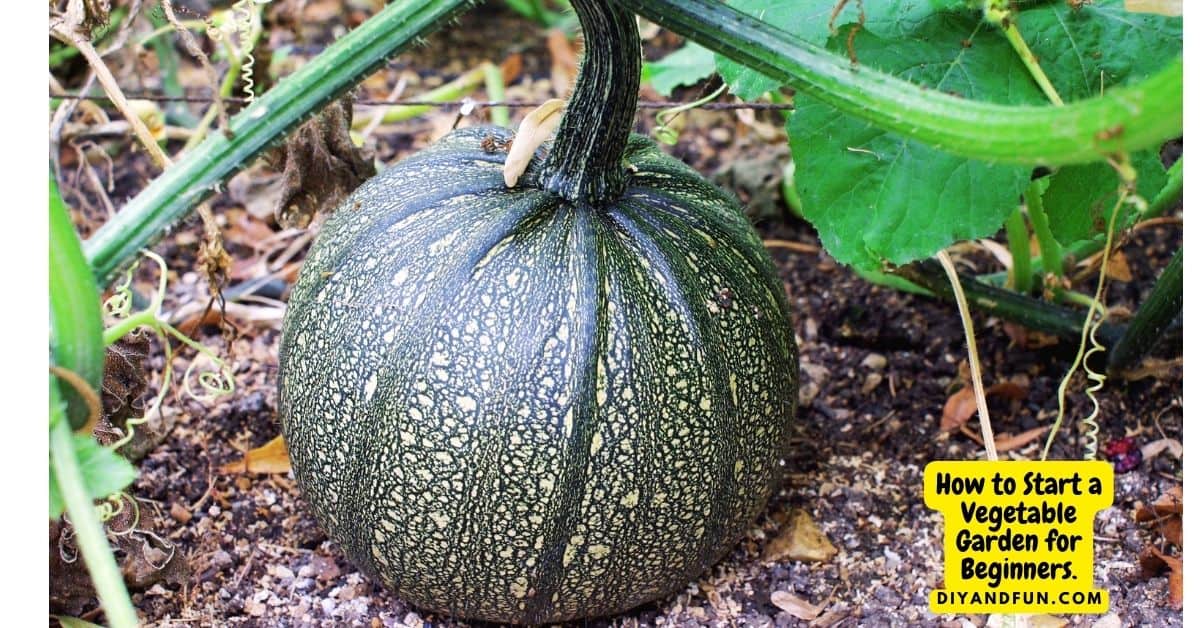
How to Start a Vegetable Garden.
This can be as easy as planting a container garden on your deck.
However, growing vegetables can also be a planned out idea that can bring you years of enjoyment.
Did you read The Top Gardening Tips the Pros all Know ?
Many of those tips can be of help to you when planning out your flower garden.
Both that article about garden tips and this article on starting your garden can be helpful to you with your gardening.
A garden kit comes with essentials that you can use to begin gardening. You can find a selection of garden kits here.
Frequently asked questions about vegetable gardens.
The best month to start a vegetable garden in really depends on the weather and where you live. Also keep in mind that certain plants (cabbage, lettuce..) do fine in cooler soil while other plants (tomatoes, peppers...) need warmer soil to thrive.
Usually somewhere between 55 and 60 degrees is fine for cooler soil plants while warmer soil plants prefer anywhere between 60 and 75 degrees. While every year can vary when it comes to planting on a specific date, it is a good idea to refer to the zone that you live in and the zone that the plant can be planted in during a to month.
Personal taste and opinions have a lot to do with what makes a 'good' vegetable garden. We can all have our own opinion.
Generally speaking, a 'a good vegetable garden' is one that is productive.
That is, if your plants are in good condition, the garden is watered and maintained as needed, there have been no major pest issues, and the sun/weather has been good, you should have a productive garden as a result.
A productive garden should produce plenty of tasty vegetables that are in good condition.
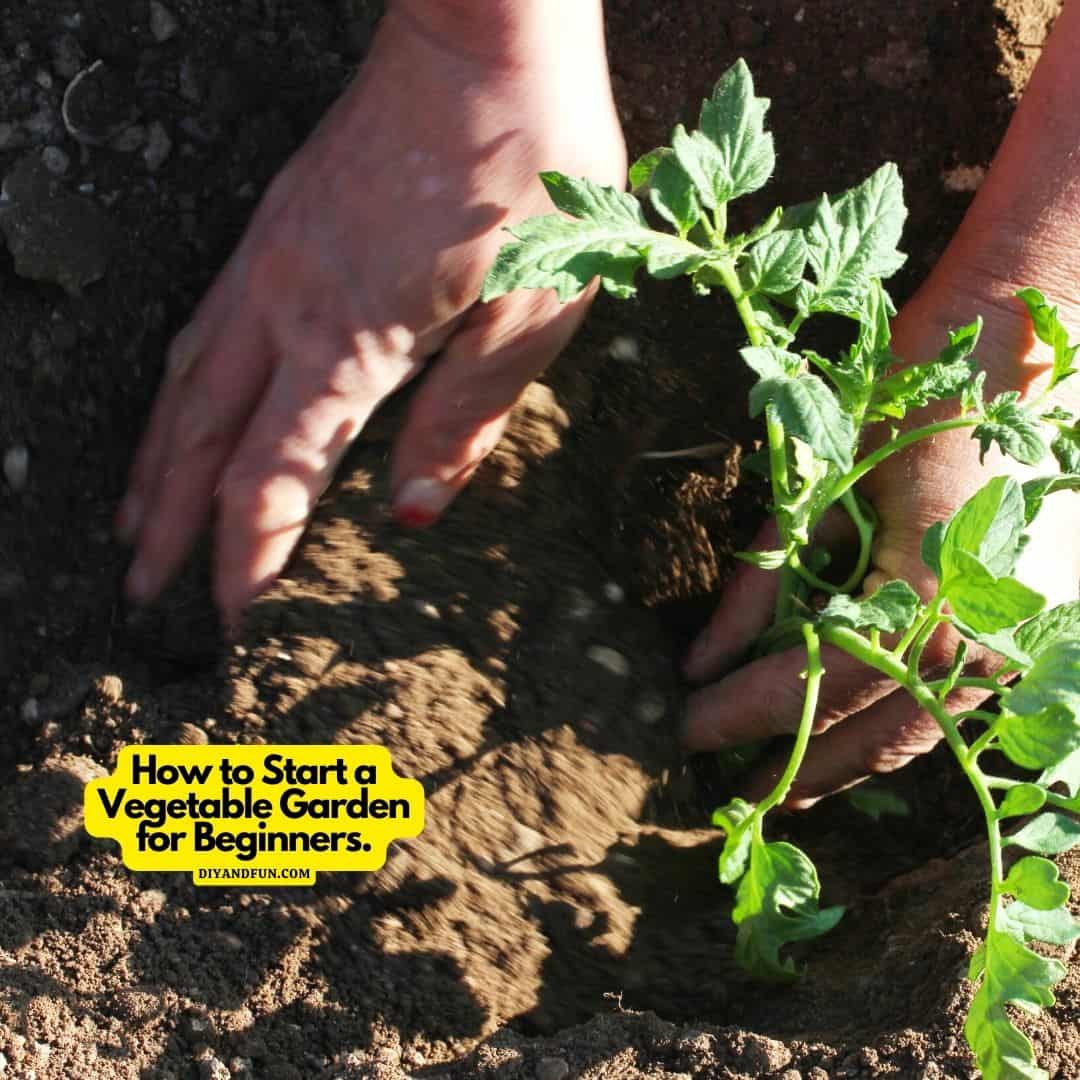
Tips for starting a vegetable garden.
These tips will be further discussed below.
When it comes to starting and maintaining a successful vegetable garden, timing can be important. Each vegetable has different suggestions for when you should plant them, so make sure you check guidelines before planting. Also, keep in mind that some vegetables can tolerate cooler weather while other vegetables need the warmer temperatures for best results.
More tips for you
- Before you start digging, read below about how to find a perfect location for your garden.
- Planning your garden in advance can help save you time and money in the end.
- Your garden can include both potted plants and seeds.
- Properly preparing the soil for your garden is an important step.
- Know how, when, and where to plant your vegetables.
- Lastly, read the tips on how to care for your garden.
- Easy vegetables for beginners that are easy to care for.
How to choose the right location for a vegetable garden.
When selecting a location for your garden, for best results, choose a location that has the best chance of getting the ideal amount of natural sunlight needed. Soil and drainage are also important but, can be somewhat altered to your needs.
Here is what else you should keep in mind when selecting a location for your vegetable garden.
- While most vegetables need at least five to six hours of direct sunlight per day, there are some varieties( Brussels Sprouts, carrots, and radishes for example) that are okay with partial sunlight.
- Drainage is important as you do not want your vegetables to be under water. You can make your gardening life easier when it rains a lot if you select a location that has its own natural drainage.
- Before you start digging, notify your local utilities or local folks who need to know about digging. In many locations they will need to come out and mark the area so you do not dig up something vital...like your cables.
- Testing the PH of your soil will give you a 'heads up' on needs such as fertilizers.
How to plan a vegetable garden layout.
There are several factors to consider when planning out your vegetable garden.
It is a good idea to sketch it out before you get started.
Plan Your Layout by Sketching It Out
- Start your sketch by adding the things that are permanent such as driveways, walkways, or fences.
- Generally speaking, the taller plants should go behind the other plants as they can create shade.
- Smaller plants should go in the front.
- Adding pollinator plants can help attract insects that can help protect your garden from pests.
- Planting in rows is a good idea. Adding stepping stones or wood between the rows can give you a place to step on when your plants get taller and you need to harvest or give them care.
- Plan for stakes, fences, and cages as there are some vegetables that need them to grow on.
👇You may also be interested in these ideas!👇
👉Be sure to follow us on Facebook, Pinterest, and Instagram.
Subscribe to our Weekly Newsletter.
Purchasing vegetables for a new garden.
Vegetable plants can be grown from seeds or from plants that have already been started.
It really is a good idea to start a new vegetable garden with plants that are already started as seeds take a while to grow to a planting size.
What to keep in mind when you purchase vegetables for your garden.
- Do your research to see what grows best in your area. Talk to the pros at your local gardening store or university extension if needed.
- What you may not know is that the same plant distributor may distribute to more than one store or garden center in your location. However, going to a store or garden center that takes good care of the plants they sell or offers a warranty, can ensure that you are getting a good plant.
- If the plants do not look so great when you go to purchase them, find out when the shipments of fresh plants come in so you can get a better selection of new plants. In my area the new plants are delivered on thursdays or fridays for the weekend shoppers.
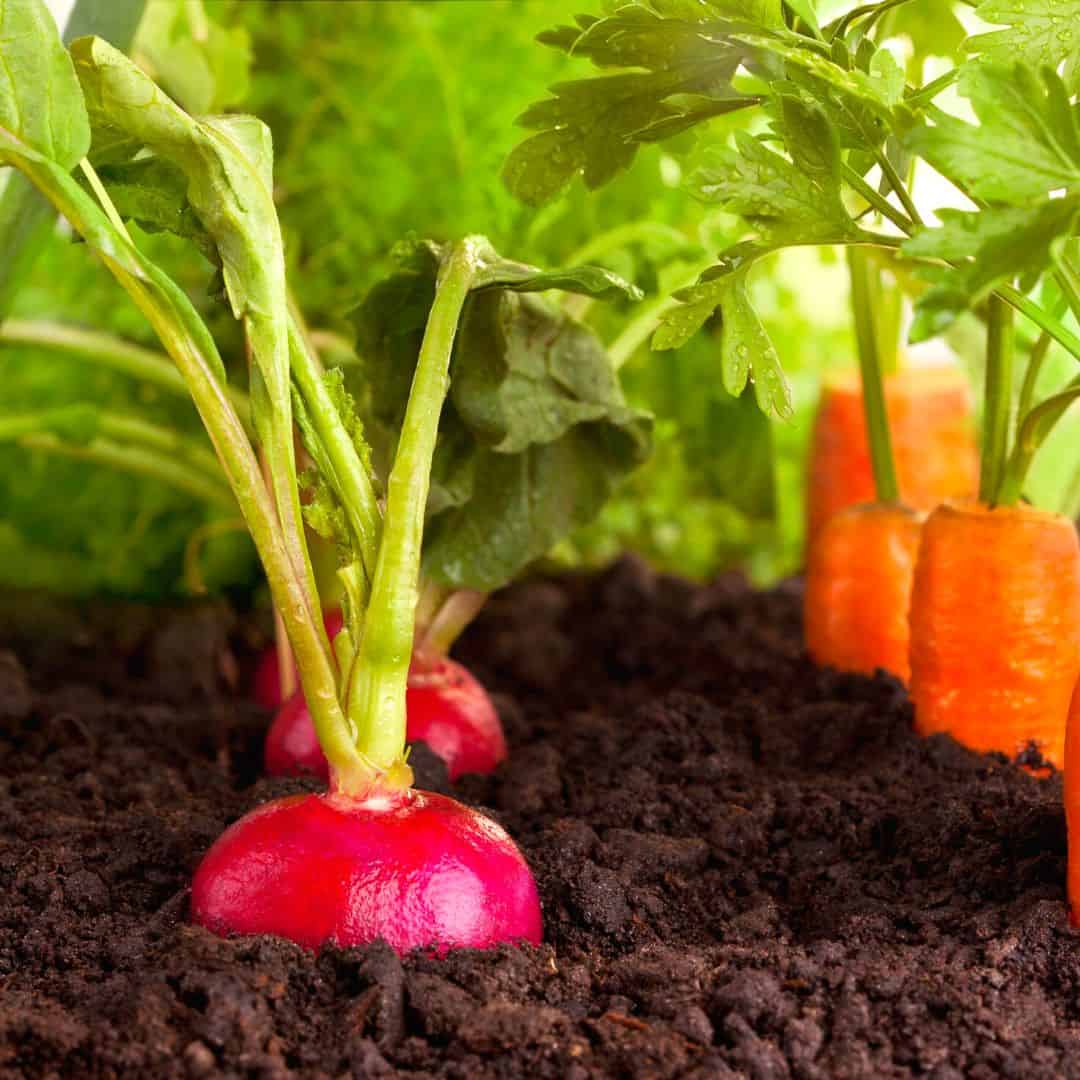
How to prepare the soil before you plant vegetables.
Sometimes soil can be a huge factor in the success of a plant. This is because the soil may the hard, have a lot of unknown materials, sand or clay in it, or simply be hard to work with.
Prepare the Garden Soil for Planting
- Consider replacing the soil with good garden soil.
- Loosen up the soil by tilling or turning it.
- Mix in organic matter or compost to give your plants a head start.
How to Plant vegetables in a garden.
You have done your research, prepped your garden, and purchased the plants. Now it is time to plant!
Start by reading the label or card that came with the plants.
- The label will tell you how deep to plant the vegetable plants and how much spacing the plants should have between them.
- Try to group plants with similar watering and light needs if possible.
- Many plants, such as smaller tomatoes, can do well when planted in a large planter. I will plant larger tomatoes, such as beefstakes, in the ground and smaller tomatoes, such as cherry, in a planter on my patio.
- After planting the plants, you can add mulch and water them as needed.
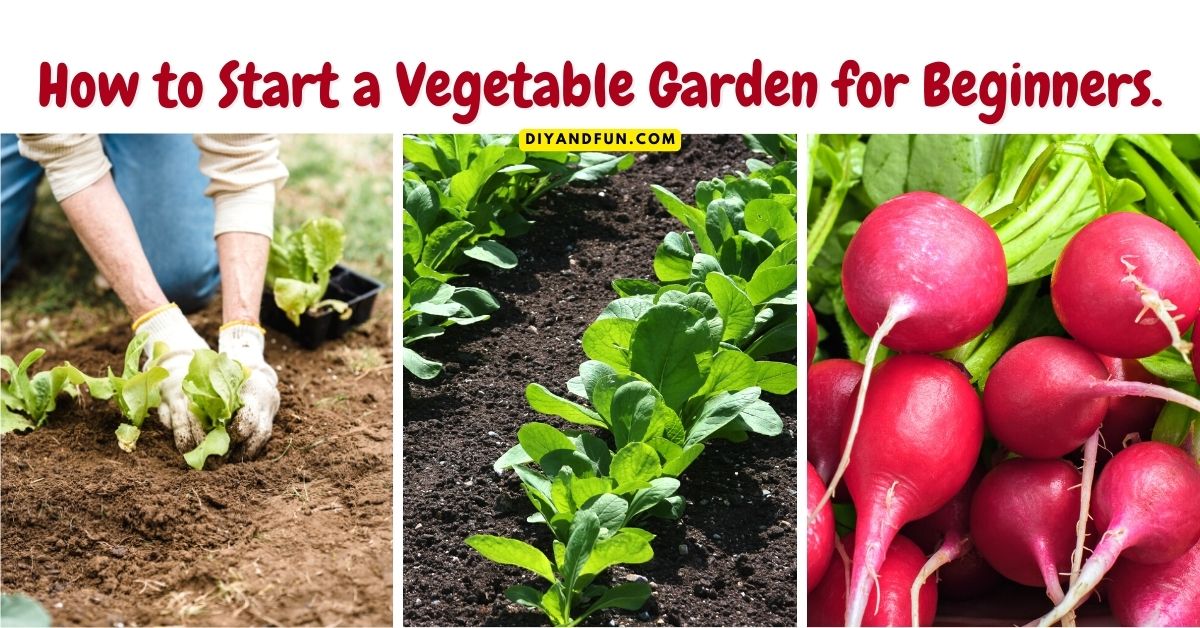
How to care for plants in a new garden.
Keeping your plants properly hydrated is important is especially true when it is hot and dry out. It is best to water early in the day and to avoid getting the leaves wet if possible. Plants need about an inch an a half of water a week during normal conditions.
Watering is essential for the health of your vegetable garden.
Depending on the weather and soil conditions, it may need more or less water than usual. When watering, try to use a slow, steady stream of water over the surface of your soil, but also to directly target individual plants or groups.
Here are some more tips for caring for your plants.
- Some plants can benefit from fertilizing so read the labels or do your research to see if your plants can benefit. Fertilizing will help ensure that your vegetables receive the nutrients they may need for growth and food production.
- If you are having trouble with pets or animals getting into your flowers, consider adding some kind of fencing. I have problems with squirrels in my yard and sometimes need to actually use chicken wire fencing around or on top of my plants.
- Other regular maintenance that may need to get done include weeding, mulching, pruning, and pest management.
Expert Tip 👉 Some vegetables may actually be fruit. However, because they are commonly grown with vegetables, they are treated like vegetables when it comes to gardening.
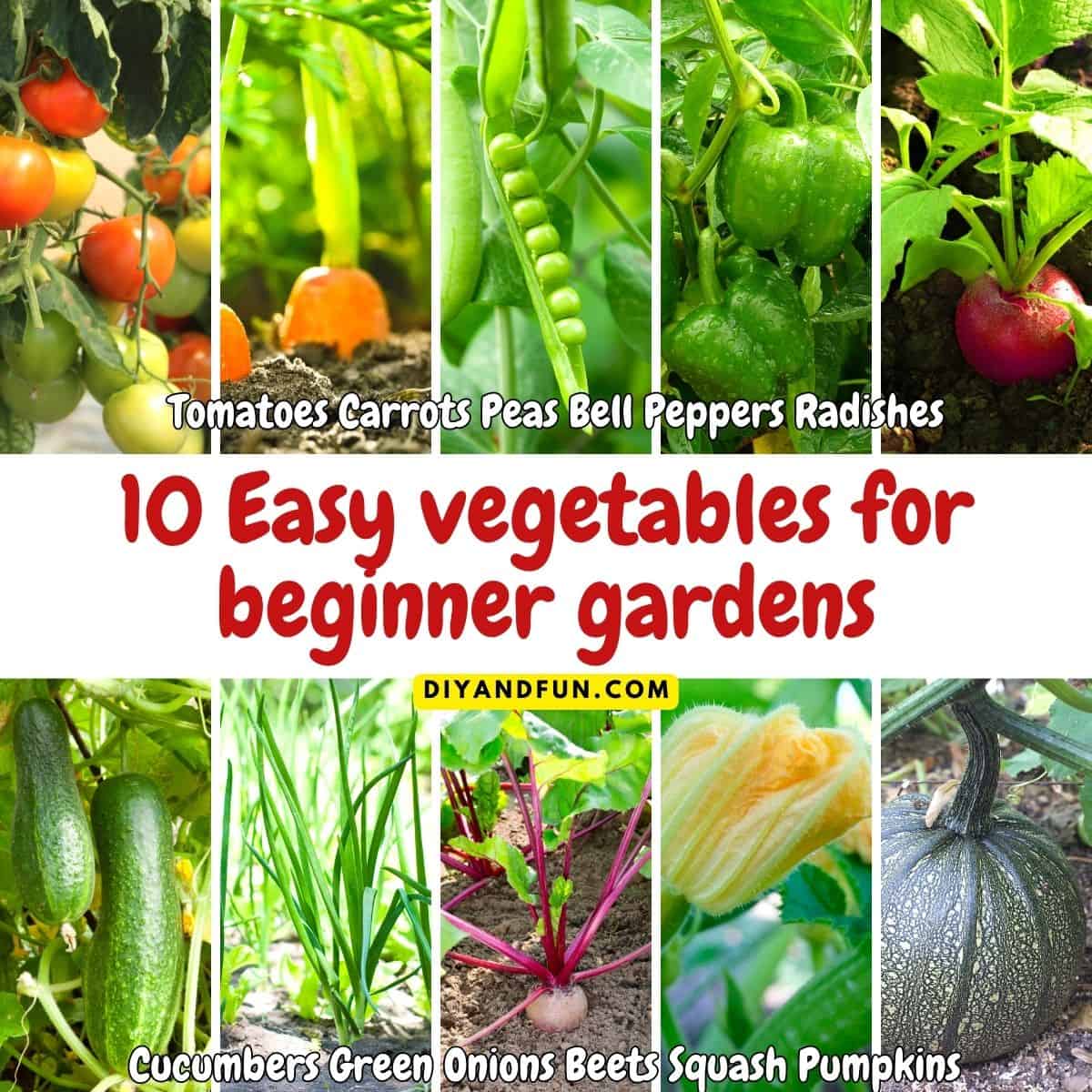
10 Easy vegetables for beginner gardens
1. Tomatoes
It could be the popularity and the versatility of uses that makes tomatoes an ideal fruit to grow. Tomatoes like warm weather and sun. They will also need some kind of support, such as tomato cages, while they grow. While tomatoes will grow in most kinds of soil they do prefer a soil ph of 5.8 to 7.0 and occasional fertilizing.
2.Carrots.
Carrots are relatively low maintenance vegetables that need full sun and well-drained soil with some compost. When planting carrots, it is best to plant them in rows. The most important factor to consider when planting carrots is that the soil needs to be loose enough got the carrots to grow in (adding a bit of sand can help). Carrots grow well in raised beds too.
3. Peas.
Peas are a fast-growing vegetable that require full sun. Unlike with other vegetables, peas like cool weather which means that you can plant the seeds in your garden when the soil temperature reaches 45 degrees. You can speed up the germinating process of pea seeds by actually soaking them in water overnight.
4. Bell peppers.
You probably already know that bell peppers come in a variety of sizes, shapes, and colors. Bell peppers are actually a fruit. They are easy to grow with thanks to a hort two-month season. Plant your bell peppers in moist soil and provide six to eight hours of sunlight per day. Some varieties of peppers may need to be staked or caged for support as the plants can get heavy when full of peppers.
5. Radishes
Radishes are ideal for beginning gardeners as they are small and they also grow fast. They can also be planted in the spring and the fall seasons. These vegetables can enjoy partial shade (sun about four to six hours depending on the heat). Radishes are another good candidate for patio container planting.
6. Cucumbers.
Cucumbers are a fruit that grows on vines. It is a good idea to use a trellis that your cucumbers can grow on. Cucumbers do need space, especially vertical, to grow. They should be planted behind smaller plants as they can block sunlight as they grow.
7. Green onions
Green onions, I will add chives here because they grow and can be used similarly, are incredibly easy and fast . You can actually grow green onion indoors or outdoors. Read about How to Grow Onions Indoors here . Outdoor planting for onions is relatively simple as they do not need a lot of space and like most soils.
How to Start a Vegetable Garden for Beginners., a simple guide for designing and planting a vegetable garden that is easy to care for.
👇👇Related Ideas.👇👇
In case you missed something.
- How to Start a Vegetable Garden.
- Frequently asked questions about vegetable gardens.
- Tips for starting a vegetable garden.
- How to choose the right location for a vegetable garden.
- How to plan a vegetable garden layout.
- Purchasing vegetables for a new garden.
- How to prepare the soil before you plant vegetables.
- How to Plant vegetables in a garden.
- How to care for plants in a new garden.
- 10 Easy vegetables for beginner gardens
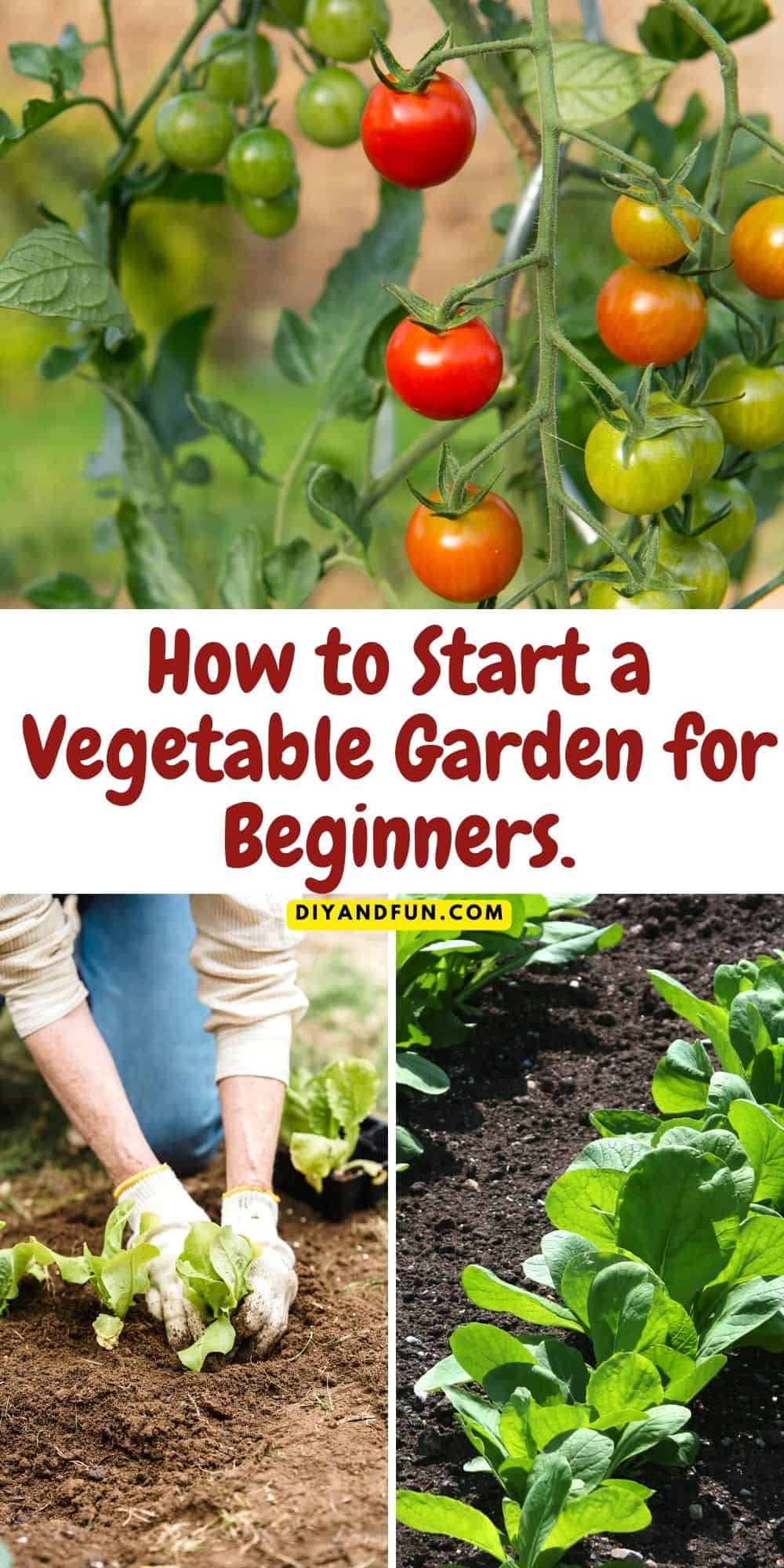
Thanks so much for visiting!
If you decide to try any of the ideas listed in this article please tag on social media @diyandfun. We like to hear your ideas and suggestions.
DIY and Fun is a website dedicated to providing you with the best DIY projects, crafts, recipes, hiking, and fun ideas that inspire. Whether you're looking for a new way to decorate your home, learn a new skill, or simply have some fun, DIY and Fun has something for everyone.
Here are some additional ways to keep coming back to DIY and Fun:
- Sign up for our email newsletter. We'll send you weekly updates with new projects, inspiration, and more.
- Follow us on social media. We're on Facebook, Twitter, and Pinterest.
- Our community forum is coming soon. Share your projects, ask questions, and get inspired by other DIYers.



